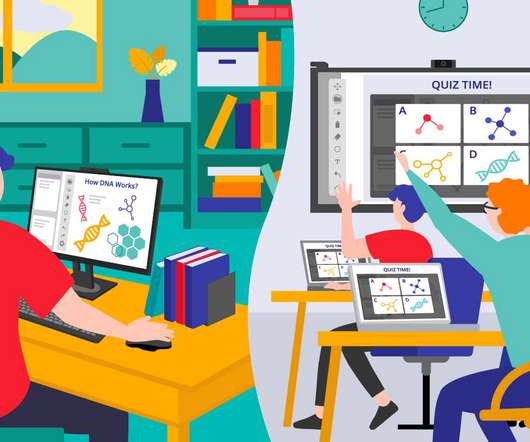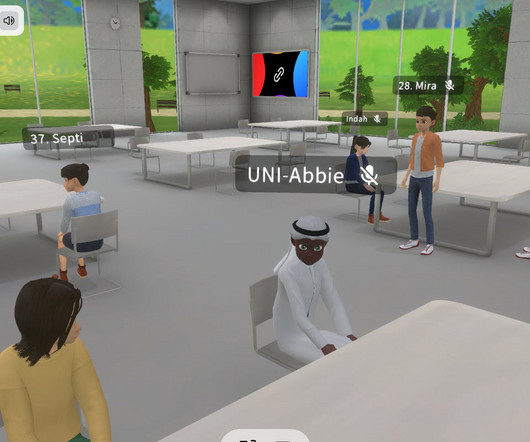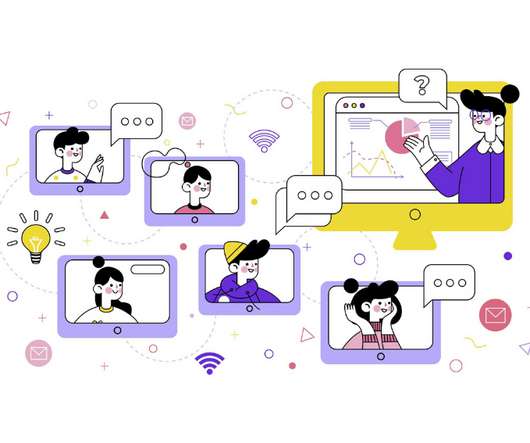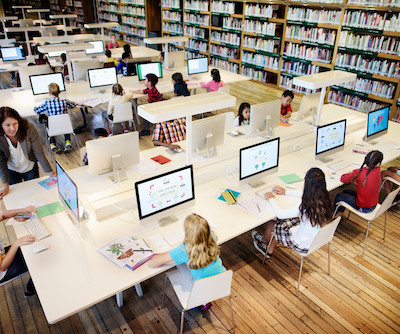How can Teachers Increase Social Learning While Teaching Online?
Ask a Tech Teacher
JUNE 13, 2018
These cognitive, behavioral and environmental influences are: Traditional classrooms were a conduit for social learning where students could sit together and collaborate on projects, group assignments, or make use of peer-to-peer learning opportunities. Gamification in a virtual classroom. Discussion Boards.















Let's personalize your content